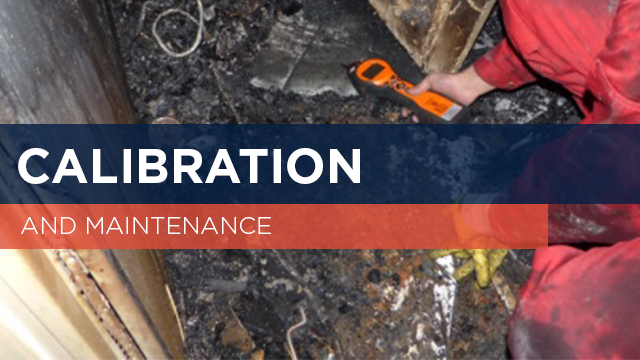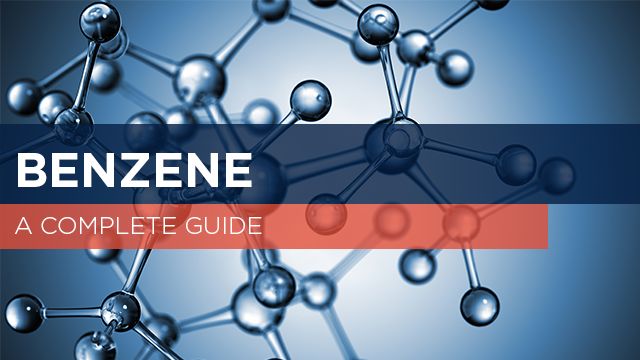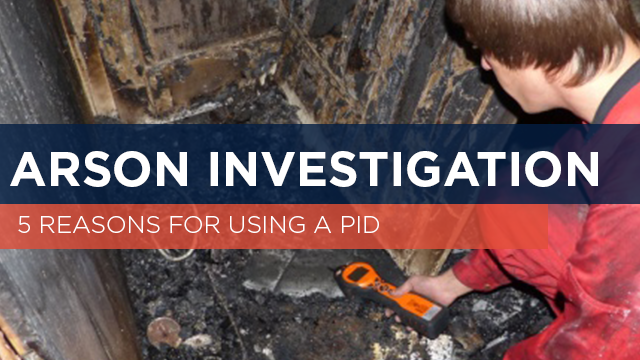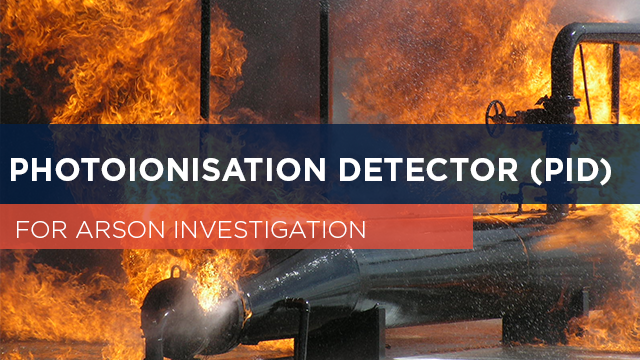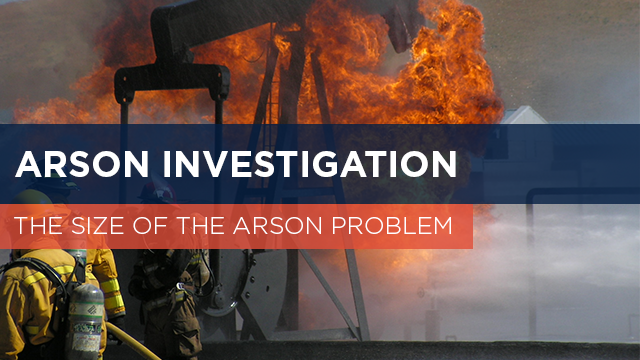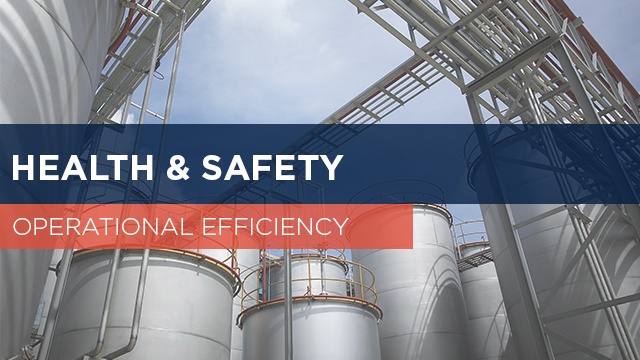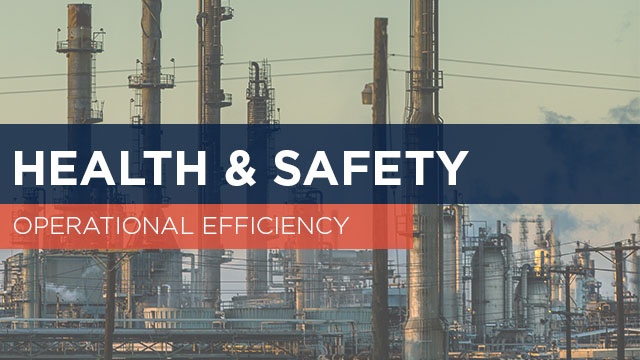Emily Lane
Recent Posts
Ease of Calibration & Maintenance
Conventional PIDs may use humidity suppression/compensation techniques but each of them has disadvantages:
- Humidity sensor – these typically have a slower response than the PID sensor itself which causes a drifting compensation
- Desiccant tube – these both slow the PID response and also reduce it by adsorption plus they need replacing from time to time which adds cost
- Humidify the calibration gas – this only works at one level of humidity and is no longer accurate when the humidity changes
Importantly none of these solutions solves a false positive at high humidity
A Complete Guide to Benzene
VOCs have a significant vapour pressure at normal ambient temperature which means they evaporate (volatilise) at low temperatures so they can easily enter the body through normal breathing but can also be absorbed through the skin or by swallowing material containing it.
The effects on worker’s health depends upon how much benzene they are exposed to and for how long and as with other organic solvents, the immediate effects of a single exposure to a high concentration (hundreds of ppm) e.g. from a fugitive process leak, include headache, tiredness, nausea, dizziness and even unconsciousness if the exposure is very high (thousands of ppm) meaning an acute safety incident.
Solving the Problem of Humidity
Conventional PIDs may use humidity suppression/compensation techniques but each of them has disadvantages:
- Humidity sensor – these typically have a slower response than the PID sensor itself which causes a drifting compensation
- Desiccant tube – these both slow the PID response and also reduce it by adsorption plus they need replacing from time to time which adds cost
- Humidify the calibration gas – this only works at one level of humidity and is no longer accurate when the humidity changes
Importantly none of these solutions solves a false positive at high humidity
Effects of high humidity on photoionisation detectors (PIDs)
There are a few important issues to look out for when choosing an instrument. Like many sensors and measurement instrumentation, traditional PIDs can be affected by the adverse environmental conditions such as those found at fire scenes i.e. dirt, water and humidity. The situation in the immediate aftermath of a fire is therefore not ideal and in particular the presence of high humidity can disrupt PID measurements leading to false low or conversely high readings.
The cause of low readings is because water vapour absorbs the photons normally released by ionisation within the sensor as can be seen in the simplified cross sections of a PID (figure 1).
Sniffer Dogs for Fire & Arson Investigation?
The principal goal for fire investigators is figuring out how and where a fire started and where foul play is suspected, specially trained arson detection dogs are amongst their ‘tools of the trade’. It is common knowledge that dogs have a keen sense of smell, but the actual degree of sensitivity is amazing.
Smell is a dog’s primary sense, and it is 10,000 to 100,000 times more acute than humans. That analogous to being able to see and recognise something 500 meters away, a dog could see and recognize the same object 5000 kilometres away. Or, if you could taste a teaspoon of sugar in your coffee, a dog could taste a teaspoon of sugar in over 3.5 million litres of water. Read more!
5 reasons for using a PID for Arson Investigation
- PIDs are portable and battery powered making them ideal for field applications
- PIDs are a quick, simple to use and accurate method for the detection of accelerants at a fire scene
- PIDs are very sensitive to commonly found accelerants and will detect hundreds of gasses and vapours
- PIDs are non-destructive and will not affect the air sample which can be captured for further lab analysis
- PIDs reduce the quantity and cost of lab samples required to reach a conclusion as to the cause of the fire
Photoionisation Detector (PID) for Arson Investigation
One such tool for the detection of accelerants at fire scenes recommended by investigators3 is the photoionisation detector (PID) which has already proven to be an ideal solution for the detection of relatively low level VOCs for health & safety and environmental applications.
These devices are battery powered and portable and can be deployed rapidly and safely to test areas between floorboards and under carpets where residual traces of accelerant may remain.
Detecting Accelerants within Arson Investigation: The Size of the Arson Problem
According to the National Fire Protection Association, there were 19,000 intentionally set fires in the US during 2014 accounting for around 4% of all structural fires equating to more than $700m worth of damaged property. UK figures2 would suggest that more than 40% of fires in business premises and more than 20% in residential properties are intentional, whether for profit, revenge or just ‘kicks’.
But despite the fact that fire is a common, everyday phenomenon, it is a very complex chemical, physical, and thermal event. Investigative work will focus on the ‘fire triangle’ of oxygen, fuel, and source of heat or ignition, and in cases of arson at least one of these will have been tampered with.
H&S Operational Efficiency: Fugitive emissions
During normal operations, leaks can occur from pumps, valves, flanges, storage tanks or during loading and unloading.
According to the US EPA3, valves and connectors account for more than 90% of emissions from leaking equipment and there are hundreds of pieces of equipment as shown in Figure 3.
H&S Operational Efficiency: Plant turnaround
Hazardous chemicals that pose a risk to humans are normally safely transported within the process but obviously during plant turnaround this is no longer the case. As lines and reaction vessels are opened they pose a significant risk of over-exposure, without appropriate control measures.
Concentrations can be several hundred (or even thousand) times higher than the occupational exposure limit (OEL)!

